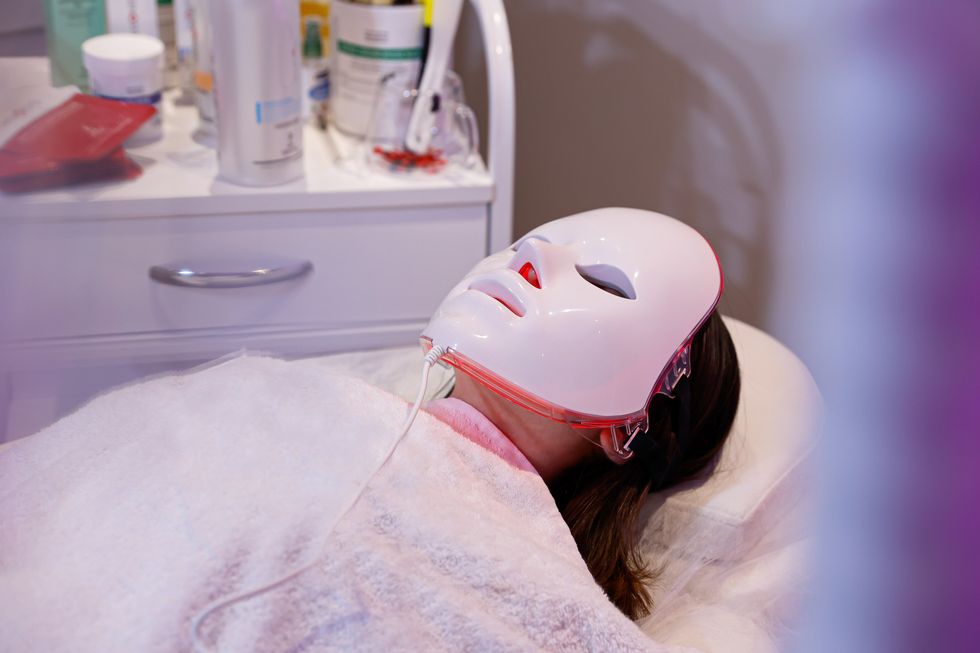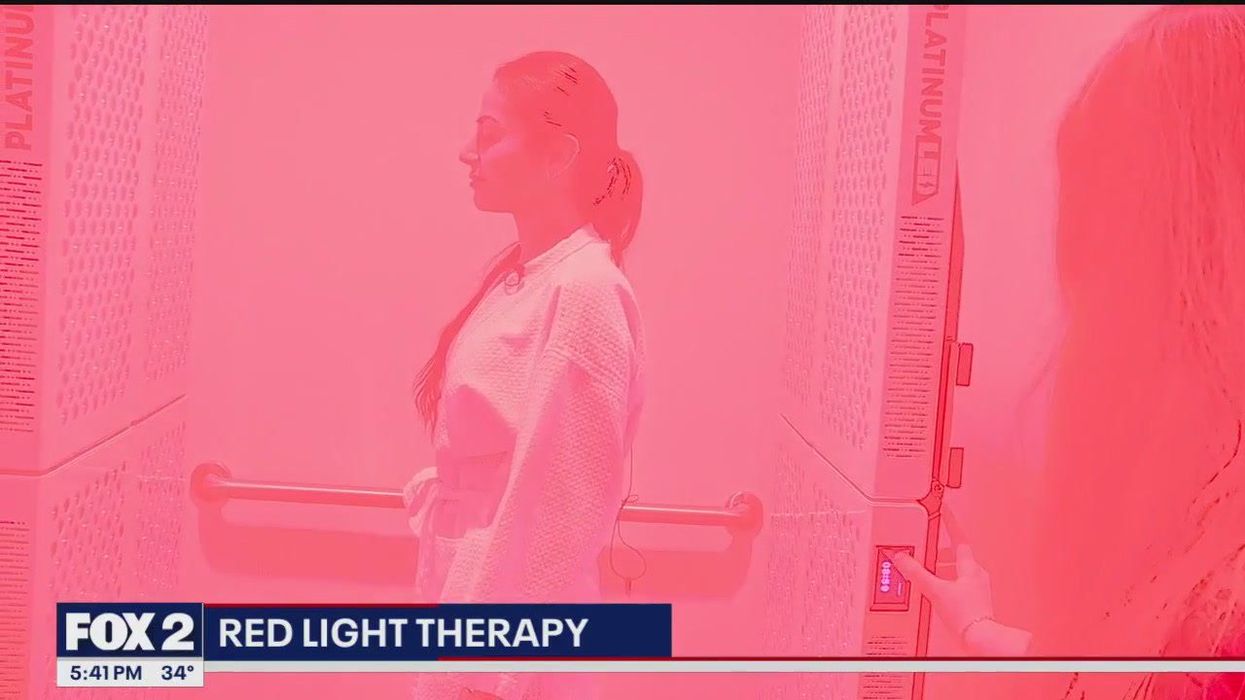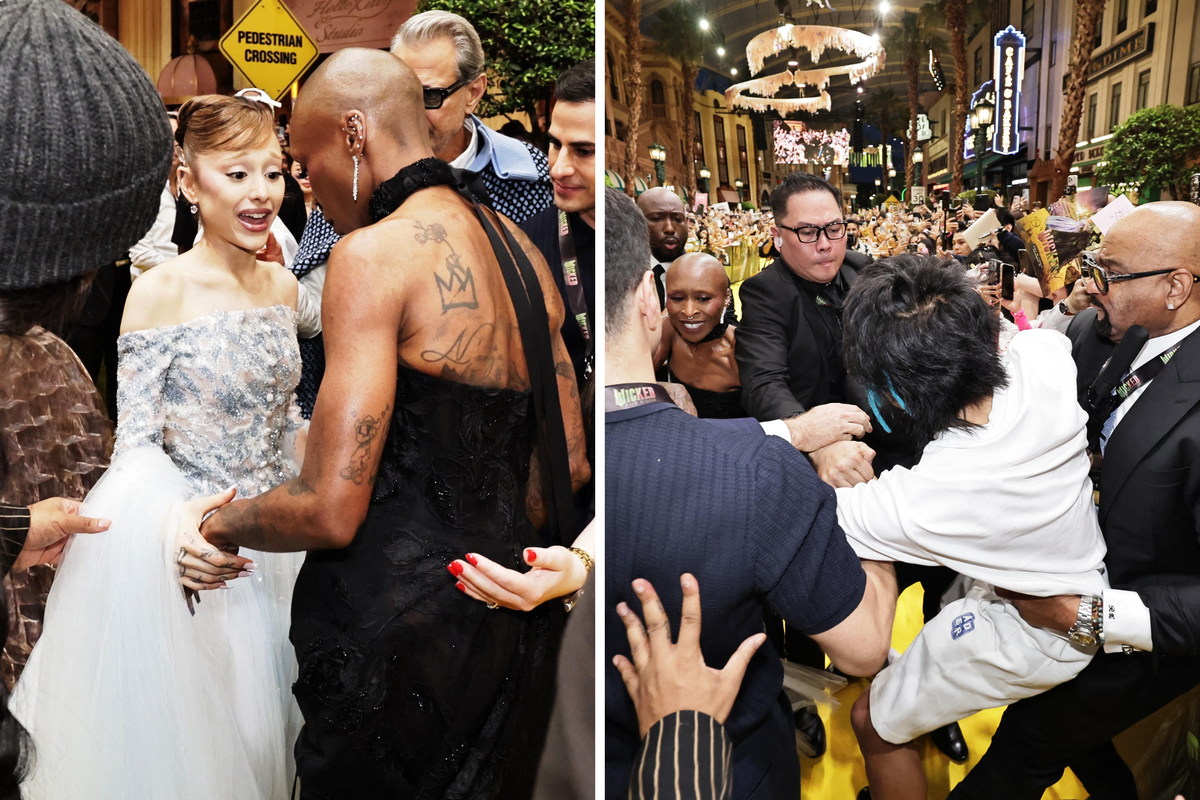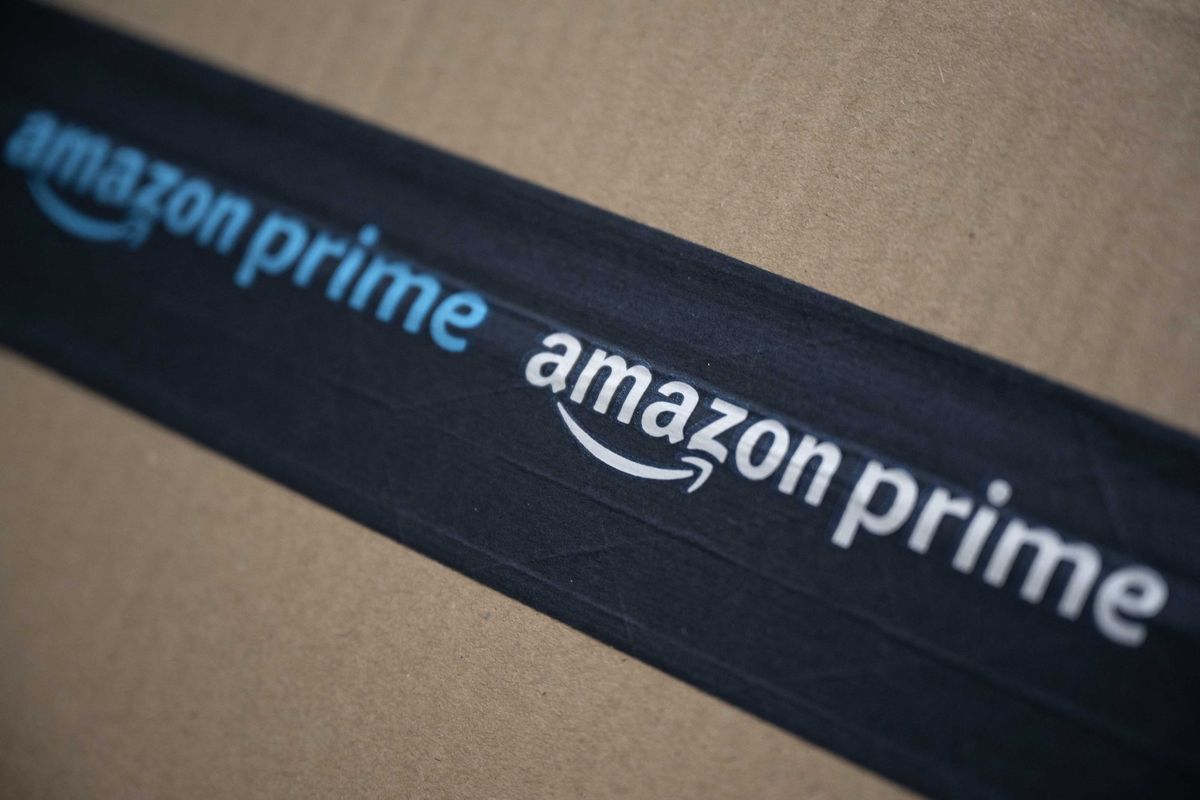You're casually swiping through TikTok when someone in a glowing, mildly terrifying face mask pops up on your screen. If you’re not knee-deep in skincare trends, your first reaction is probably: "What the hell is going on?"
But if you’re a skincare obsessive, you’ll recognise it instantly — it’s red light therapy, TikTok’s latest glow-boosting obsession.
The viral trend has sparked a flood of at-home LED devices, all promising clearer, brighter, firmer skin with the help of coloured light. But red isn’t the only shade worth knowing. From blue to yellow to near-infrared, each light has its own specific benefits.
To separate hype from helpful, we turned to Anna Rodriguez Majek, marketing manager for Lustre Skin, for a breakdown of what each light actually does, what to look for in a quality tool, and who should think twice before jumping on the bandwagon.

So, what do all these different coloured lights actually do — and is red really the all-rounder TikTok makes it out to be?
"Each colour of light does something a little different for your skin — think of it like a rainbow of targeted skincare treatments," Majek explains.
Blue light (around 415 nm) is "perfect for acne-prone skin," she shares. It works by targeting the P. acnes bacteria that cause breakouts. "One to try for active spots or oily skin," Majek suggests.
Red light (630–660 nm) is the go-to for anyone focused on anti-ageing. "Red light helps boost collagen production, improve blood flow and support skin cell renewal — making it a top choice for reducing fine lines, wrinkles and improving firmness overall," she shares.
Near-infrared light (around 830 nm) "works deeper than the others, helping with inflammation, healing, and recovery." It’s often used alongside red light "for extra anti-ageing and repair benefits," she says.
There are also lesser-known wavelengths like yellow or amber light (around 590 nm), which is "for calming sensitive or inflamed skin (rosacea)," and green light (around 525 nm), which "helps break down excess melanin for an even tone."
"Each light penetrates the skin to a different depth and activates a different response," Majek adds. "So your choice really depends on what you're hoping to treat."

With so many at-home LED devices on the market — from sleek handheld tools to masks that resemble space helmets — it’s easy to feel overwhelmed. But if you want real results, Majek says there are a few key things to look out for.
"Wavelength accuracy is crucial," she explains. Devices should clearly state the exact wavelengths they use — such as 633nm for red light — to ensure they’re actually reaching the right skin layers to trigger change.
Power output, or irradiance, is also important. "A good benchmark is 20–100 mW/cm²," she says.
Meanwhile, something other devices offer 5 mW/cm², which is "perfectly designed for localised use (acne spots) rather than full therapeutic impact."
She also recommends checking for medical approvals — "look for FDA clearance (in the US) or a CE mark (in the UK/EU)," which signals the device has been assessed for safety and performance.
Design and fit matter, too. "Full-face masks (like the RENEW or REVIVE) offer even coverage," and should have enough LED density for consistent treatment.
And finally, ease of use can make or break your routine.
"Let’s face it — if it’s a hassle, you won’t stick with it," she says. Devices with timers, auto shut-offs, and short treatment times can make all the difference.
LED light therapy is generally very safe, non-invasive and pain-free for most people.
However, Majek advises a few exceptions to be aware of.
"If you’re on medications or using skincare products that increase your sensitivity to light, like retinoids or certain antibiotics, it’s best to check with your doctor first," she advises.
Those with epilepsy should also be cautious, as some devices use pulsing or flashing lights that could trigger seizures.
When it comes to pregnancy and breastfeeding, it's wise to consult a healthcare professional before starting treatment. Side effects are rare but can include temporary redness, dryness, or mild irritation.
Majek also stresses the importance of eye protection — "especially with blue or near-infrared light".
You may also like...
- These will be the biggest skincare trends of 2025, according to a leading skin clinic
- This is how your pillowcase could be ageing you '10 years' overnight
Sign up to our free Indy100 weekly newsletter
How to join the indy100's free WhatsApp channel
Have your say in our news democracy. Click the upvote icon at the top of the page to help raise this article through the indy100 rankings.














